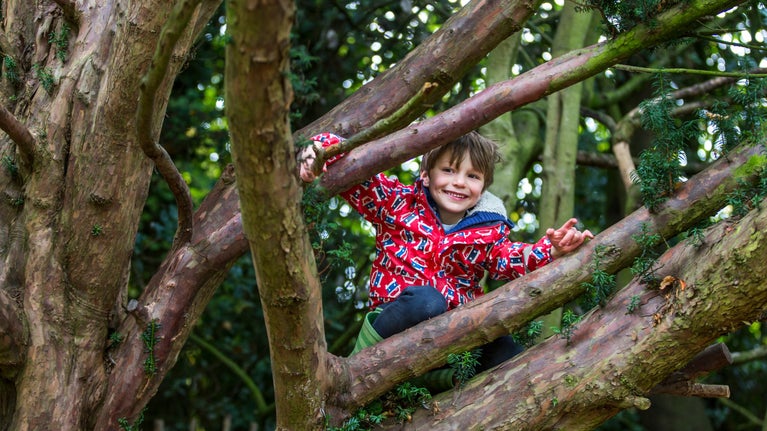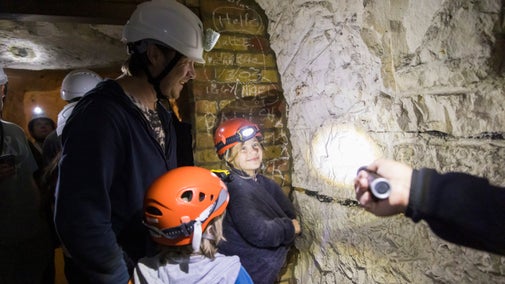
‘50 things to do before you're 11¾’
Have fun exploring nature and the great outdoors with our list of ‘50 things to do before you're 11¾’.

There are lots of things to look for when you're on the trail of an animal or bird. Our guide includes facts about different types of footprints, feathers and fur. You can even learn to recognise animal poo from our pictures of different droppings.
You'll need sharp eyes and keen ears, as discovering wild animal clues can be tricky. Keep your eyes peeled on the ground and in the trees. Listen to see if you can hear the animals, birds or minibeasts you're looking for. Keeping quiet is a good idea too, so you don’t scare any animals away. If you do come across animals, try not to disturb them and give them lots of space.
Remember, animals don't wear shoes, so their footprints all look very different. From a horse's hoof to a rabbit's paw, learn what you're looking for, and what their prints look like.
A spotter sheet for animal prints may help you too just in case you see some prints you don't recognise – are you following a yeti?
If there are footprints, can you work out which way they are going?
If there's no muddy ground to track footprints, you can also follow clues like animal poo.
Other clues about animals living nearby can include fur or wool caught on fences, or feathers on the ground. In spring, look out for broken eggshells on the ground which might mean there’s a bird's nest in a tree above.
Holes are another good starting place as they could be homes for rabbits or badgers. Molehills – little mounds of earth on grassy fields – usually show you where a mole has been tunnelling.
You don't only need to search for big animals like deer and foxes – finding smaller animals is just as much fun. In the same way as you see molehills, little piles of soil on the top of a garden can show you that worms live in the soil and are doing their wormy thing beneath the ground. You can also search through grass or gardens to find ants and watch them going about their daily lives.

Have fun exploring nature and the great outdoors with our list of ‘50 things to do before you're 11¾’.
To ensure you can complete your ‘50 things to do before you’re 11¾’ activities safely, here are some top tips to help you complete your challenges with safety in mind.

Download the full ‘50 things to do before you’re 11¾’ activity list.
Search for clues to the life of animals and plants from the past. Our guide contains dinosaur facts and reveals the best places to go fossil and bone hunting, one of our ‘50 things to do before you’re 11¾’.

Lend a helping hand to the animals and birds that live near you by making sure they have food to eat and a place to sleep. It’s no. 43 of our ‘50 things to do before you’re 11¾’.
